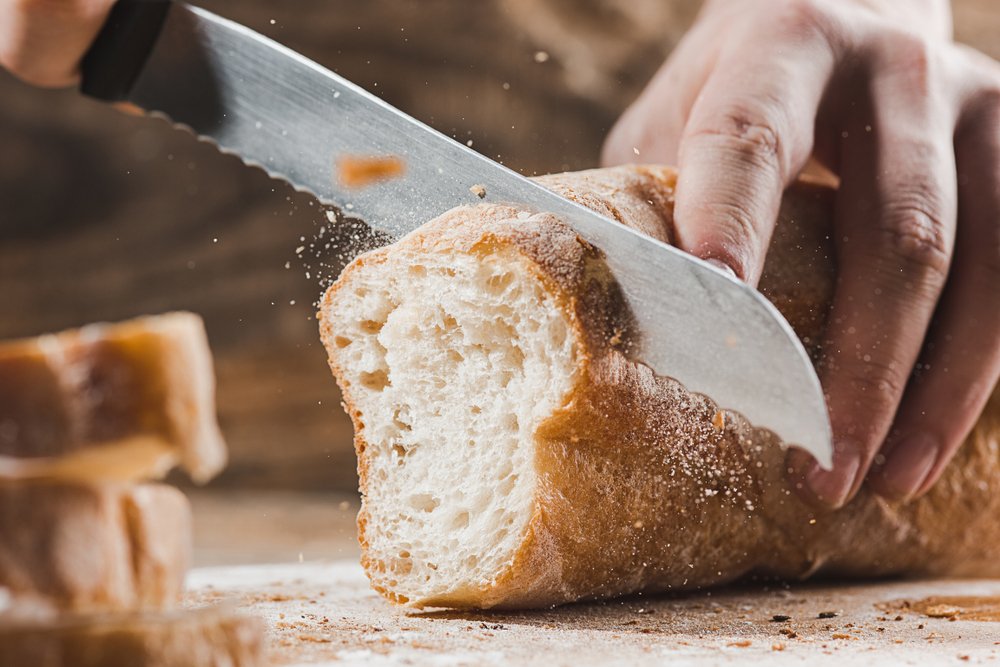
Bakeries are Looking to the Past for Inspiration
There’s a new national trend on the rise, a food revival hearkening back to our most ancient of foodstuffs: bread. Grains never even heard of by most are staged for a comeback that is promised to sweep the nation faster than the cronut. Referred to as “heritage” or “ancient grains” these bygone seeds are being used to create some of the most delicious and arguably the healthiest bread around.
The Progressive Bakery
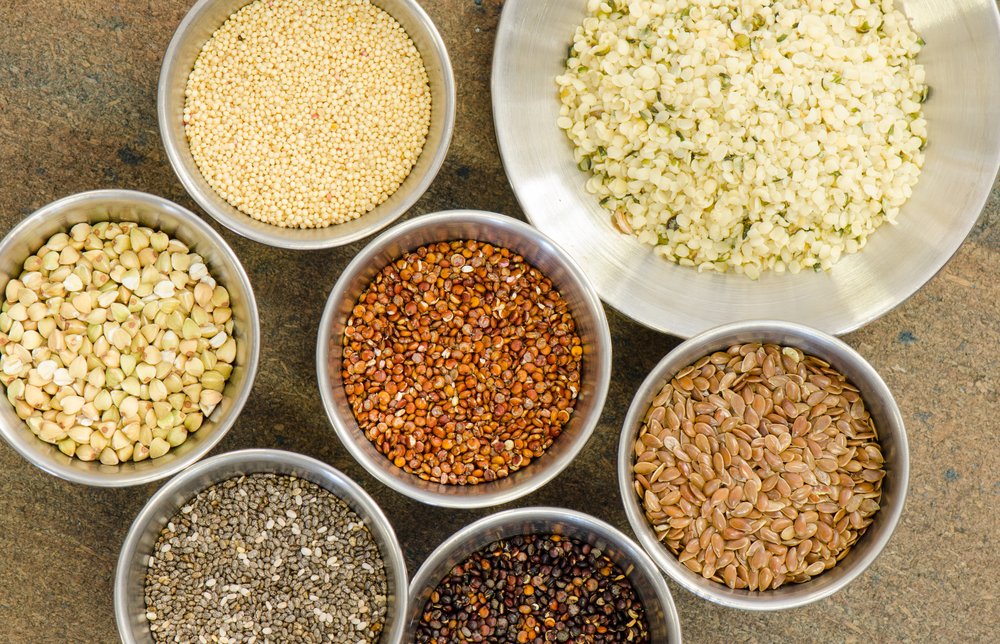
After an increase in gluten sensitivities swept the nation in the past decade, people are paying more attention to the food they’re eating, bread in particular. This has resulted in a new wave of bakeries. We’re finding bakeries where transparency is a major part of the mission statement. Sourcing ingredients
Modern Bread
The most surprising part of this entire movement is that those with gluten sensitivities are finding that they can eat these breads without having any reaction. These surprising results had us asking ourselves questions about what bread used to be and more importantly what it has become.
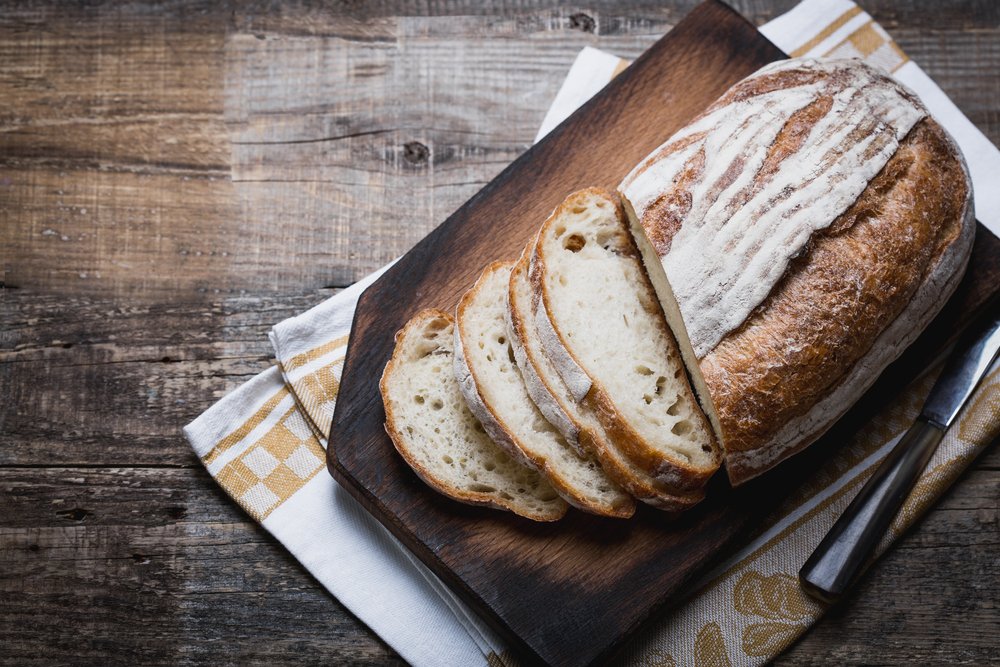
The difference between a loaf of bread that you would buy in the supermarket and a loaf that you would buy at a small artisanal bakery is massive. The ingredients in the commercially produced loaf are highly processed, contains more sugars, emulsifiers, and preservatives than you could imagine. This produces a loaf of bread with a cloud-like texture that feels more akin to cotton in the mouth than a traditional loaf of bread. It will last for weeks on the store shelf and then several more on your kitchen’s countertop. This is the antithesis of what bread is supposed to be.
The Staff of Life
For centuries bread was made from a sourdough starter. It was a slow process but a simple one needing nothing more than flour, water, and air. The wild yeasts that are carried through the air are all that leaven the starter; no need for a packet of fast-acting yeast. As the wild yeasts react with the flour, gut healthy lactobacillus bacteria begin to grow. This extra step of fermenting the flour breaks down the peptides in gluten that give people trouble.
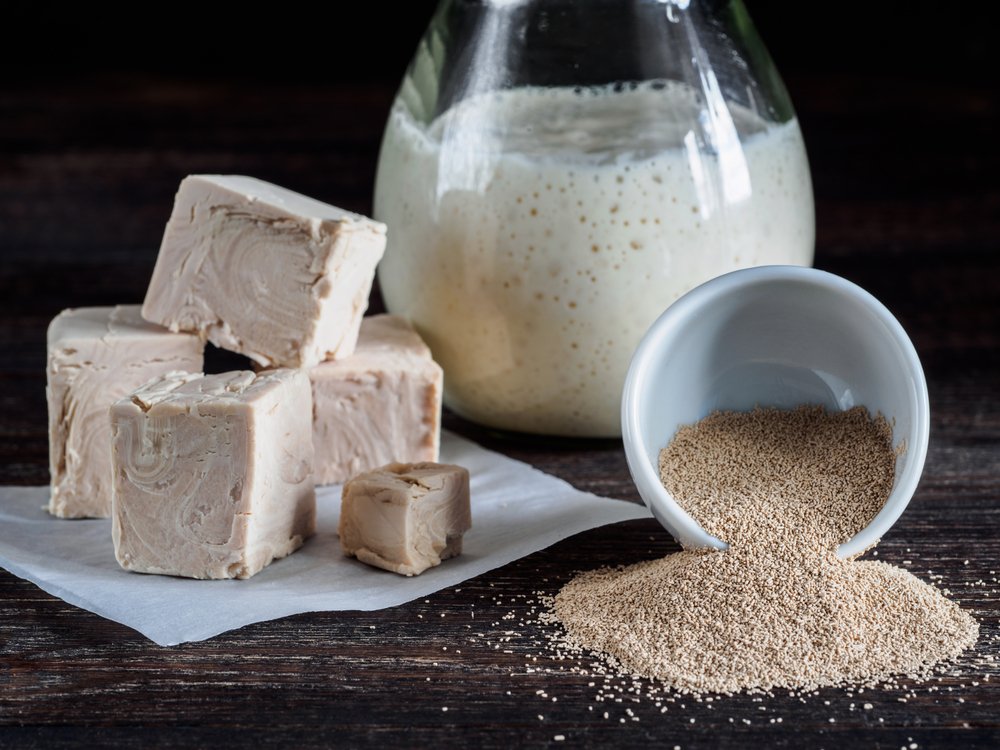
Commercial bread manufacturers leave out this ingredient in order to speed up the bread making process. That is where health issues arise. When making bread you have to consider time as one of the ingredients
Though many people lack the time to make their own bread it may be worthwhile to find a bakery mindful of how they prepare their products. Especially if you or someone you know has had issues with gluten in the past. Consider it an investment not only in this new entrepreneurial surge but in your health.




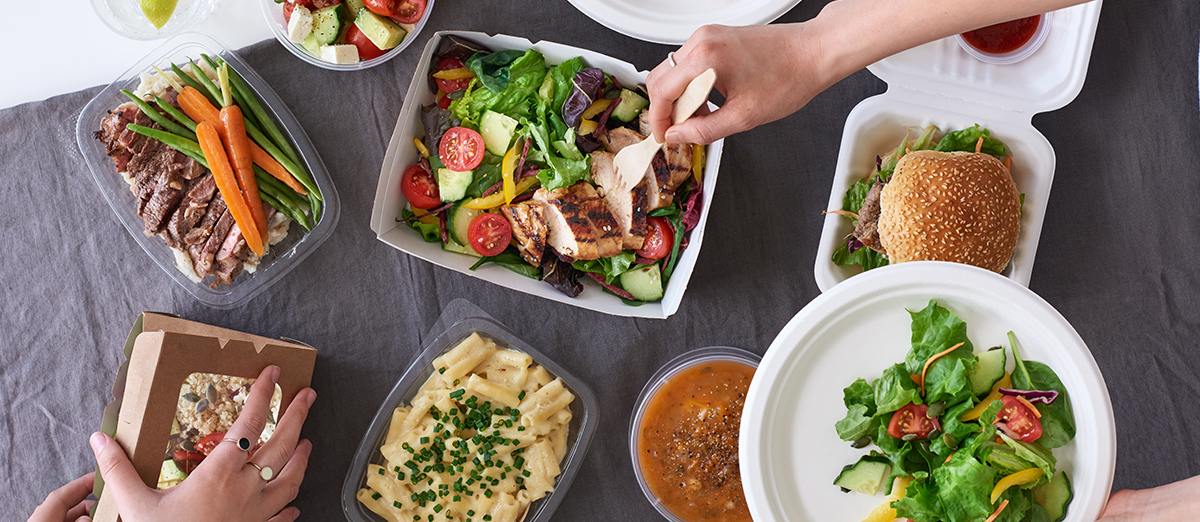

Write a Comment